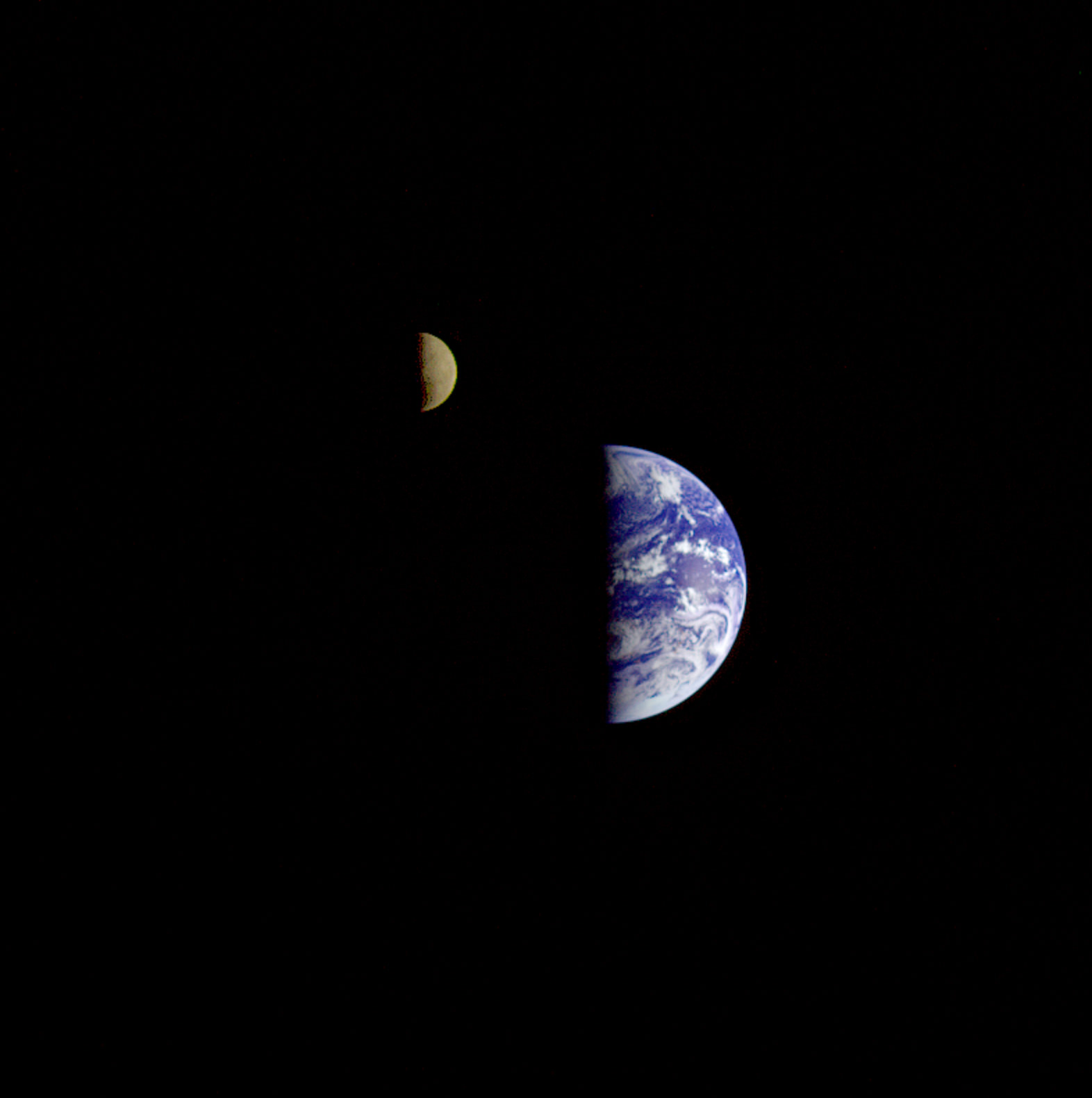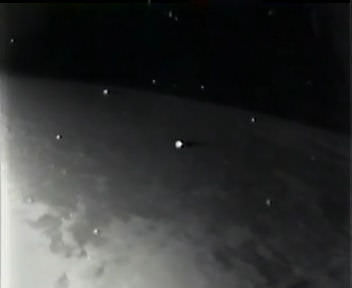[/caption]
If civilization-forming intelligent life is rare in our Milky Way galaxy, chances are we won’t hear from ET before the Sun goes red giant, in about five billion years’ time; however, if we do hear from ET before then, we’ll have lots of nice chats before the Earth is sterilized.
That’s the conclusion from a recent study of Ward and Brownlee’s Rare Earth hypothesis by Duncan Forgan and Ken Rice, in which they made a toy galaxy, simulating the real one we live in, and ran it 30 times. In their toy galaxy, intelligent life formed on Earth-like planets only, just as it does in the Rare Earth hypothesis.
While the Forgan and Rice simulations are still limited and somewhat unrealistic, they give a better handle on SETI’s chances for success than either the Drake equation or Fermi’s “Where are they?”
“The Drake equation itself does suffer from some key weaknesses: it relies strongly on mean estimations of variables such as the star formation rate; it is unable to incorporate the effects of the physico-chemical history of the galaxy, or the time-dependence of its terms,” Forgan says, “Indeed, it is criticized for its polarizing effect on “contact optimists” and “contact pessimists”, who ascribe very different values to the parameters, and return values of the number of galactic civilizations who can communicate with Earth between a hundred-thousandth and a million (!)”
Building on the work of Vukotic and Cirkovic, Forgan developed a Monte Carlo-based simulation of our galaxy; as inputs, he used the best estimates of actual astrophysical parameters such as the star formation rate, initial mass function, a star’s time spent on the main sequence, likelihood of death from the skies, etc. For several key inputs however, “the model goes beyond relatively well-constrained parameters, and becomes hypothesis,” Forgan explains, “In essence, the method generates a Galaxy of a billion stars, each with their own stellar properties (mass, luminosity, location in the Galaxy, etc.) randomly selected from observed statistical distributions. Planetary systems are then generated for these stars in a similar manner, and life is allowed to evolve in these planets according to some hypothesis of origin. The end result is a mock Galaxy which is statistically representative of the Milky Way. To quantify random sampling errors, this process is repeated many times: this allows an estimation of the sample mean and sample standard deviation of the output variables obtained.”
Forgan simulated the Rare Earth hypothesis by allowing animal life – the only kind of life from which intelligent civilizations can arise – to form only if homeworld’s mass is between a half and two Earths, if homesun’s mass is between a half and 1.5 times our Sun’s, homeworld has at least one moon (for tides and axial stability), and if homesun has at least one planet of mass at least ten times that of Earth, in an outer orbit (to cut down on death from the skies due to asteroids and comets).
The good news for SETI is that a galaxy like ours should host hundreds of intelligent civilizations (though, somewhat surprisingly, there is no galactic goldilocks zone); the bad news is that during the time such a civilization could communicate with an ET – between when it becomes technologically advanced enough and when it is wiped out by homesun going red giant – there are, in most simulations, no other such civilizations (or if there are, they are too far away) … we, or ET, would be alone.
But it’s not all bad news; if we are not alone, then once contact is established, we will have many phone calls with ET.
To be sure, this is but a work-in-progress. “Numerical modeling of this type is generally a shadow of the entity it attempts to model, in this case the Milky Way and its constituent stars, planets and other objects,” Forgan and Rice say; several improvements are already being worked on.
Sources: “A numerical testbed for hypotheses of extraterrestrial life and intelligence” (Forgan D., 2009, International Journal of Astrobiology, 8, 121), and “Numerical Testing of The Rare Earth Hypothesis using Monte Carlo Realisation Techniques” (arXiv:1001:1680); this too will be published in IJA, likely in April.


